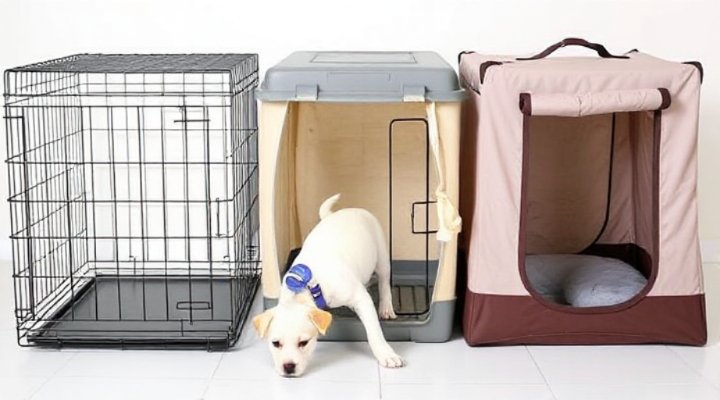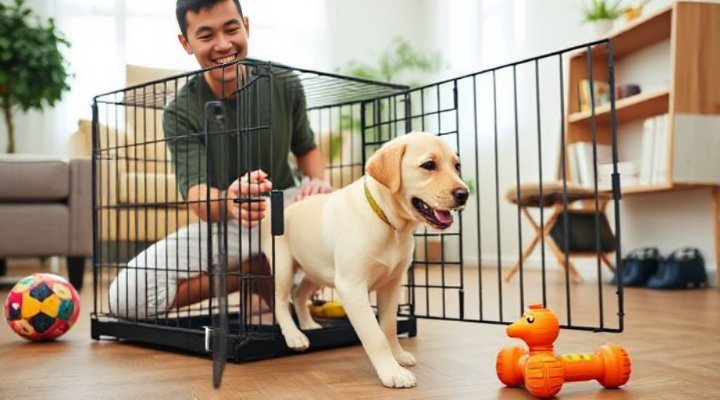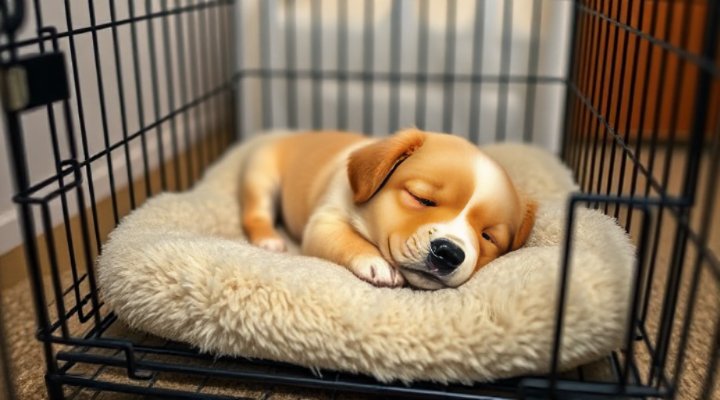Bringing a new puppy home is an exciting adventure, but it also comes with responsibilities. One of the first things you’ll need is the best crate for your puppy. A crate isn’t just a place to confine your dog; it’s a safe haven that helps with training and provides comfort. In this guide, we’ll explore how to choose the perfect crate for your furry friend.

Why a Crate is Essential for Your Puppy
Crates are more than just a training tool; they offer numerous benefits for both you and your puppy. For instance, crates help with crate training, which is crucial for housebreaking and preventing destructive behavior. Moreover, a crate provides a secure space where your puppy can relax and feel safe.
According to the American Veterinary Medical Association, crates can reduce anxiety in puppies by giving them a designated space. Therefore, investing in the right crate is a step toward a happier, well-adjusted pet.

Types of Crates: Which One is Right for Your Puppy?
When selecting the best crate for your puppy, you’ll encounter several options:
- Wire Crates: Durable and well-ventilated, these are great for hot climates.
- Plastic Crates: Ideal for travel and provide a cozy, den-like feel.
- Soft-Sided Crates: Lightweight and portable, perfect for small breeds.
Each type has its pros and cons, so consider your puppy’s size, temperament, and your lifestyle. For example, if you travel frequently, a plastic or soft-sided crate might be the best choice.

How to Introduce Your Puppy to Their Crate
Introducing your puppy to their crate should be a positive experience. Start by placing the crate in a quiet area and adding soft bedding. Encourage your puppy to explore the crate by placing treats or toys inside. Gradually increase the time they spend in the crate, always rewarding calm behavior.
For more tips on crate training, check out our scientific methods guide. Remember, patience is key—never force your puppy into the crate.

Final Thoughts
Choosing the best crate for your puppy is a decision that impacts their comfort and training success. By considering factors like size, material, and your puppy’s needs, you can create a safe and happy environment for your new companion.
For further reading, explore our comprehensive puppy training guide to ensure your furry friend grows into a well-behaved adult dog.
